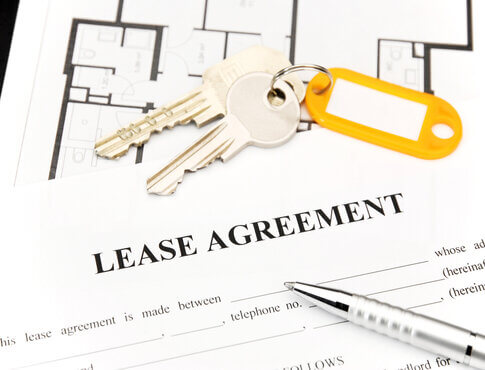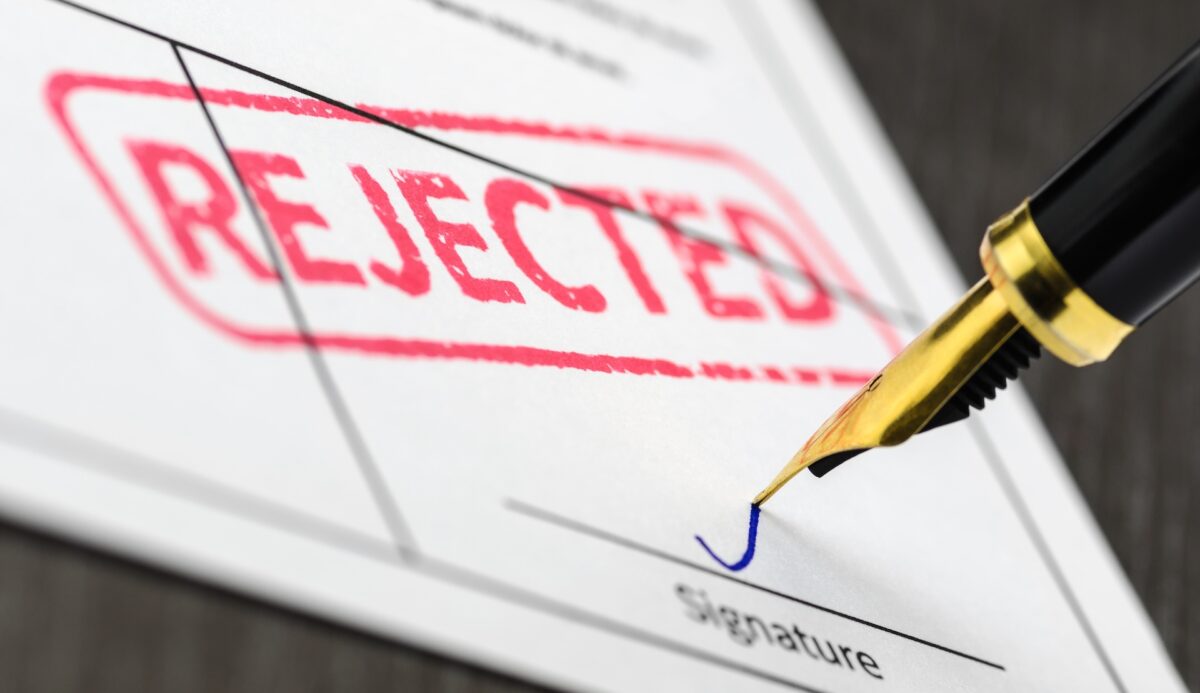Month-to-month leases are great for short-term stays — but you might be surprised to know that there are a few things you should consider before signing on the dotted line.
Read on to learn more about month-to-month leases and what you should keep in mind if you’re considering signing one.
1. Month-to-Month Leases Don’t Have Set End Dates
First, what does a month-to-month lease mean? A month-to-month lease is an agreement between a tenant and landlord stating the tenant will rent the property for one month at a time. That means month-to-month leases are continuous and do not have set end dates like most leases do.
2. Month-to-Month Leases Automatically Renew
Unlike traditional lease terms where you’re locked in for a year or more, a month-to-month lease typically automatically renews every month until either the tenant or landlord gives written notice to end the lease. That means your month-to-month lease could go on indefinitely — or be canceled on short notice.
3. Your Landlord May Be Able to Terminate a Month-to-Month Lease Without Cause
Can a landlord terminate a month-to-month lease without cause? Yes — so long as they’re not breaching your contract. For example, they can’t terminate your lease mid-lease or without providing proper written notice unless your contract says otherwise.
4. Advance Written Notice is Still Required to Terminate the Agreement
Unless your contract states otherwise, you nor your landlord can choose to end the lease agreement immediately. Much like a traditional lease, you or your landlord can choose to terminate or change the terms of your lease at the renewal period — which is every month for a month-to-month lease. However, you and your landlord still have to give proper written notice (usually 30 days) if one party chooses to terminate the agreement. If your landlord is the one terminating your agreement, you could feel rushed to find new housing.
5. Rent Can Increase Month-to-Month
While there are some advantages to signing a month-to-month lease, there are also some disadvantages to be aware of. One downside is that landlords can change lease terms and increase rent with less notice than they would need to give tenants on a regular lease. Landlords must still give proper written notice — usually 30 days — but that may not give you enough time to negotiate your lease, adjust your budget, or find a new place to rent.
6. Renting Month-to-Month May be More Expensive
Month-to-month leases are convenient, but that convenience may come at a financial cost. Month-to-month leases don’t provide as much security for your landlord — it takes time and money for them to advertise each unit, run applications, and get paperwork signed. Plus, there’s the risk that the unit could go unoccupied for a month or more at a time.
For these reasons, landlords tend to charge more per month for month-to-month leases than they would for a traditional year-long rental agreement. So, if you intend to stay put or know your definite end date, consider going for a longer short-term lease instead.
7. A Month-to-Month Lease Can Benefit You — and Your Landlord
One of the biggest benefits of a month-to-month lease is that it offers flexibility for both tenants and landlords. For tenants, this type of lease can be ideal if you’re not sure how long you’ll need to stay in a rental property or if you’re waiting for your permanent housing situation to be finalized. For landlords, having tenants on a month-to-month basis can provide peace of mind knowing that they won’t be locked into a long-term commitment in case the property needs to be sold or repaired.
Things To Keep In Mind Before Signing A Month-To-Month Lease:
If you’re considering signing a month-to-month lease, you should keep a few things in mind first. While this type of agreement offers flexibility, it’s also important to weigh the pros and cons. Overall, whether or not a month-to-month lease is right for you depends on your individual circumstances.
1. Have You Read the Fine Print?
Any leasing agreement serves as a legally binding contract. Be sure you know what you’re getting yourself into and read over your lease agreement carefully so you understand all the terms and conditions involved.
2. Are You Prepared to Find A New Place?
If you need flexibility and aren’t sure how long you’ll need to stay in a rental property, then this type of agreement can be ideal. Just remember that landlords can increase rent with less notice than they would need to give tenants on a regular lease or decide not to renew with you.
3. Does it Make Sense for Your Budget?
As month-to-month rent increases are possible — and month-to-month rental prices tend to be more expensive in general — be sure that your rental agreement makes sense for your budget and needs.
Find a New Apartment With ApartmentSearch
If your month-to-month lease is coming to an end, you likely need to start searching for a new place. ApartmentSearch provides a list of short-term rental options in your area! Simply use the short-term search function and start exploring new places today!




